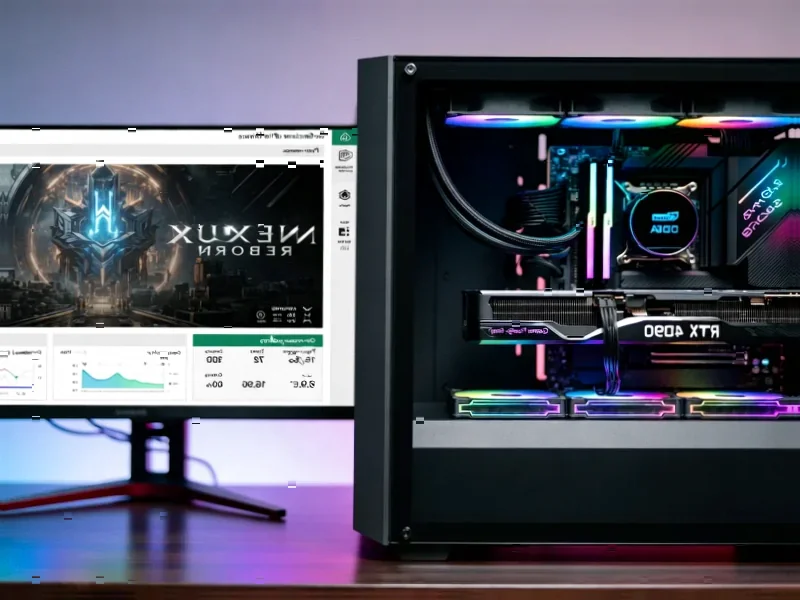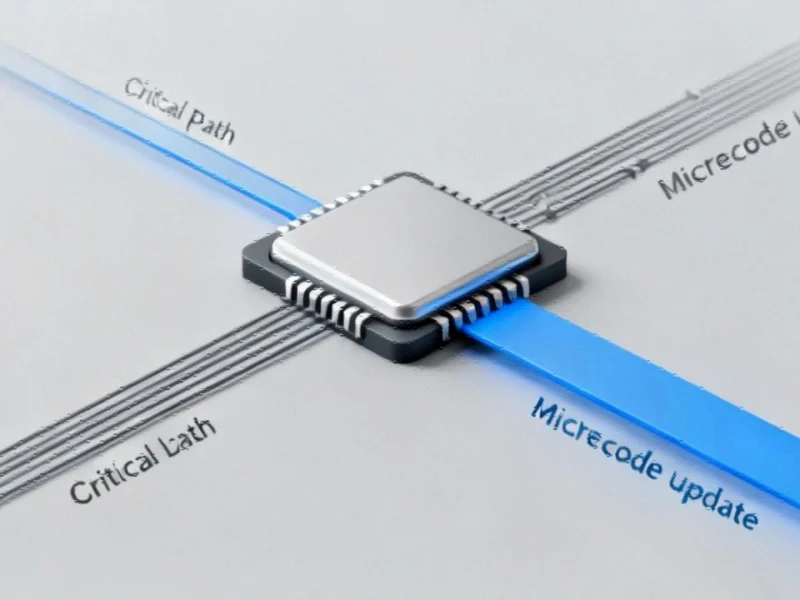According to Guru3D.com, AMD has reversed its decision to move RX 5000 and RX 6000 series graphics cards into driver maintenance mode, confirming that these GPUs will continue receiving game optimizations and new features based on market needs. The original plan, announced earlier this week, would have limited future drivers to only bug fixes and security updates for RDNA 1 and RDNA 2 architectures, with the Adrenalin Edition 25.10.2 driver release serving as a cutoff point. This caused significant user frustration given that cards like the RX 5700 XT and RX 6800 XT remain capable performers in modern games. The clarification effectively softens AMD’s earlier messaging and acknowledges the ongoing value of optimizing for older but still widely used hardware. This strategic pivot reveals deeper shifts in the graphics card market that merit expert analysis.
The Economics of Extended GPU Lifecycles
AMD’s reversal isn’t just good PR—it’s a recognition of fundamental market economics that have shifted dramatically since the pandemic. Graphics card upgrade cycles have extended from the traditional 2-3 years to 4-5 years for mainstream users, driven by both economic pressures and diminishing returns in generational performance improvements. The RX 6000 series, particularly cards like the RX 6700 XT and RX 6800, remain highly competitive at 1440p gaming, and abandoning driver optimization would essentially force premature upgrades that consumers are increasingly resisting. This decision likely reflects internal data showing that a significant portion of AMD’s active user base still relies on these architectures, making continued support a smart retention strategy ahead of RDNA 4’s launch.
Pressure from NVIDIA’s Long-Term Support
NVIDIA has set a high bar for long-term driver support, with even decade-old Kepler architecture cards receiving security updates until recently. While AMD has improved its driver support reputation in recent years, moving RDNA 2—architecture that’s only three years old—into maintenance mode would have created a stark contrast with NVIDIA’s approach. More importantly, it would have undermined AMD’s value proposition in the crucial mid-range market where buyers expect their $300-500 investment to remain relevant for multiple years. The timing is particularly significant as both companies face increased competition from Intel’s Arc lineup, which has emphasized long-term software commitment as a key selling point.
The Technical Reality of “Market Needs” Optimization
While AMD’s commitment to continue optimizations “based on market needs” sounds promising, the practical implementation will likely be selective. We can expect day-zero driver support for major AAA titles that still target RDNA 2 performance profiles, but niche or esports titles may see reduced attention. The clarification from Tom’s Hardware suggests AMD will maintain a balanced approach, prioritizing optimizations where they provide meaningful performance gains for the largest user segments. This pragmatic strategy allows AMD to allocate engineering resources efficiently while maintaining goodwill with its installed base.
Setting New Expectations for Hardware Longevity
This decision could establish a new industry standard for what constitutes reasonable driver support timelines. If AMD maintains meaningful optimizations for RDNA 2 through 2025—effectively providing 4+ years of full support—it raises the bar for what consumers should expect from their GPU investments. This is particularly important as game development cycles lengthen and cross-generation titles become more common. The move also signals that AMD recognizes the growing secondary market for graphics cards, where continued driver support maintains resale value and strengthens brand loyalty across upgrade cycles.
What This Means for RDNA 3 and Beyond
The most telling aspect of this reversal is what it suggests about AMD’s confidence in its current and future architectures. By committing to ongoing RDNA 1 and 2 support, AMD is effectively acknowledging that RDNA 3 adoption hasn’t progressed as rapidly as anticipated, and that RDNA 4 will need to coexist with a large installed base of older cards. This reality check reflects the broader industry trend of extended hardware lifecycles and suggests that future architectural transitions will need to be more gradual rather than abrupt. For consumers, it provides reassurance that their investments in AMD graphics cards will continue delivering value well beyond what previous support timelines might have suggested.



